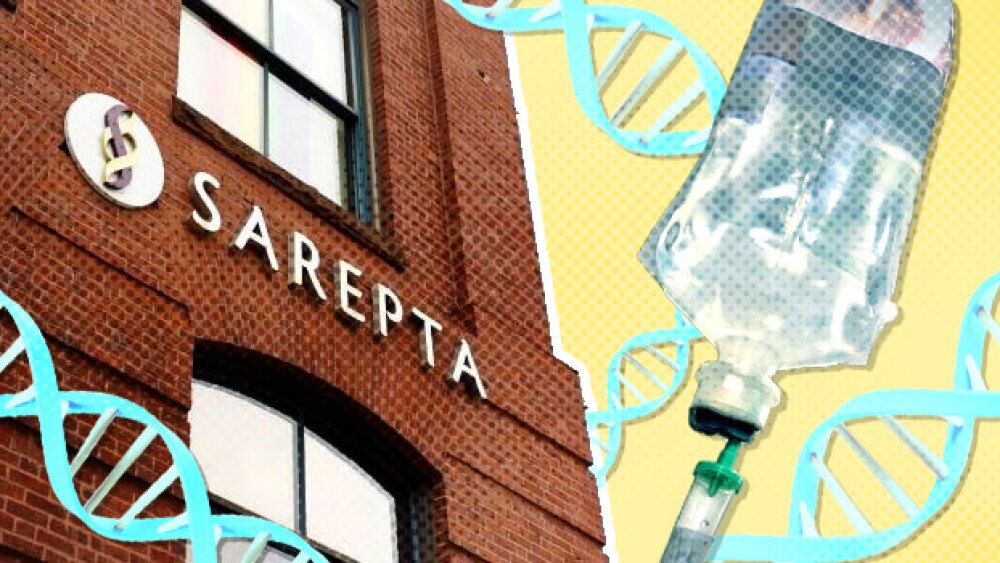EurekAlert -- Imagine an edible optical sensor that could be placed in produce bags to detect harmful levels of bacteria and consumed right along with the veggies. Or an implantable device that would monitor glucose in your blood for a year, then dissolve. Scientists at Tufts University’s School of Engineering have demonstrated for the first time that it is possible to design such “living” optical elements that could enable an entirely new class of sensors. These sensors would combine sophisticated nanoscale optics with biological readout functions, be biocompatible and biodegradable, and be manufactured and stored at room temperatures without use of toxic chemicals. The Tufts team used fibers from silkworms to develop the platform devices.




